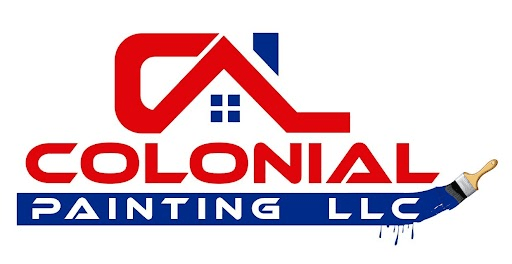How to Choose the Perfect Color for Every Room
Color Psychology and Practical Tips At Colonial Painting LLC, we know that painting your home is not only an aesthetic issue, but also an emotional one. The right color choice can transform a space, influence your mood, and improve the functionality of each room. Color psychology is a powerful tool for making informed decisions and creating environments that reflect your personality and needs. Color Psychology: What Each Hue Can Do for You Blue: Calming and Relaxing Blue is associated with serenity, stability, and confidence. It's ideal for bedrooms and bathrooms, where you're looking to create an atmosphere of peace and rest. Softer shades, such as light blue or pastel blue, promote relaxation, while darker blues convey sophistication and authority. Green: Balance and Renewal Green evokes nature, growth, and harmony. It's perfect for rest spaces, home offices, or meditation areas. Soft greens help reduce stress, while more vibrant shades can energize a space. Yellow: Energy and Optimism Yellow inspires happiness, creativity, and optimism. It's an excellent choice for kitchens, living rooms, or work areas, where you want to stimulate activity and joy. However, using overly intense tones can be overwhelming, so soft hues are preferable. Red: Stimulation and Passion Red is a dynamic color that symbolizes passion, energy, and action. It's ideal for dining rooms or social spaces, where you want to encourage interaction. It's recommended to use it as accents or on walls in a single room to avoid feelings of hecticness. Neutrals (Beige, Gray, White): Versatility and Balance Neutral colors provide a calm and flexible base, allowing other decorative elements to stand out. They're perfect for multifunctional spaces and for creating a feeling of spaciousness and light. Practical Tips for Choosing the Right Color Consider the Function of the Space: Think about how you want to feel in each room. Relaxation, energy, concentration? The color should support that emotion. Evaluate Natural Lighting: Daylight can alter color perception. Soft, cool tones work well in brightly lit spaces, while warm colors can compensate for dim lighting. Consider Your Home's Color Palette: Maintain a sense of consistency to create visual harmony. You can use complementary colors or gently contrasting tones. Test Before You Deciding: Paint small samples in different areas of the room and observe them at different times of the day. Color perception changes with the light and environment. Don't Be Afraid to Customize: Add pops of color in accessories, artwork, or furniture to adjust the aesthetic without compromising harmony. Ready to transform your spaces? At Colonial Painting LLC, we not only help you choose the perfect colors, but also apply them precisely for long-lasting, beautiful results. Our team of experts is ready to advise you every step of the way, ensuring that every room reflects your style and well-being. For inquiries or quotes, visit our website https://colonialpaintingllc.com/ and discover how we can make your dream home a reality.
Read More
